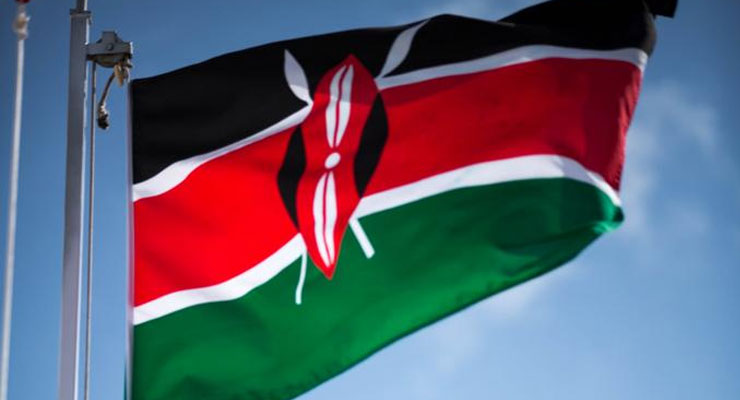 By Steve Hess in Democracy in Africa. Here is an extract:
By Steve Hess in Democracy in Africa. Here is an extract:
Over the last several weeks, Kenya has experienced the sudden appearance of major street protests throughout much of the country. On Friday, March 10, Raila Odinga, five-time presidential candidate and the leader of the country’s political opposition, Azimio la Umoja – the One Kenya Coalition, called for a “public holiday” and national demonstrations on Friday, March 20. According to Odinga, the country’s people have been struggling with a rapid increase in the cost of living he attributes to the removal of government subsidies for food, gas, and education as well as wide-ranging corruption. Moreover, he has alleged that the August 2022 election, which was narrowly won by Kenya’s current president, William Ruto of the Kenya Kwanza alliance, was stolen through election fraud.
These allegations of fraud have run counter to the assessment of outside election observers, which determined that the election occurred “a peaceful environment overall, with fundamental democratic rights respected,” and the judgment of the Kenyan Supreme Court, which rejected all eight petitions of the election outcome filed by opposition actors, determining that they were based on “sensational information” and “fraudulent documents.”
On March 20, protests broke out in Nairobi’s Kibera neighborhood, Africa’s largest urban slum, with hundreds of demonstrators hurling bottles and stones at the police. The unrest spread into Nairobi’s Central Business District (CBD), where Odinga had called on supporters to march on the State House, the president’s official office. The CBD experienced further clashes between the police and protesters and the looting of a number of businesses. Additionally, large demonstrations took place in Kisumi, where protesters stormed, vandalized, and looted the local headquarters of the president’s United Democratic Alliance (UDA).
Read the full article here.
Leave a Reply